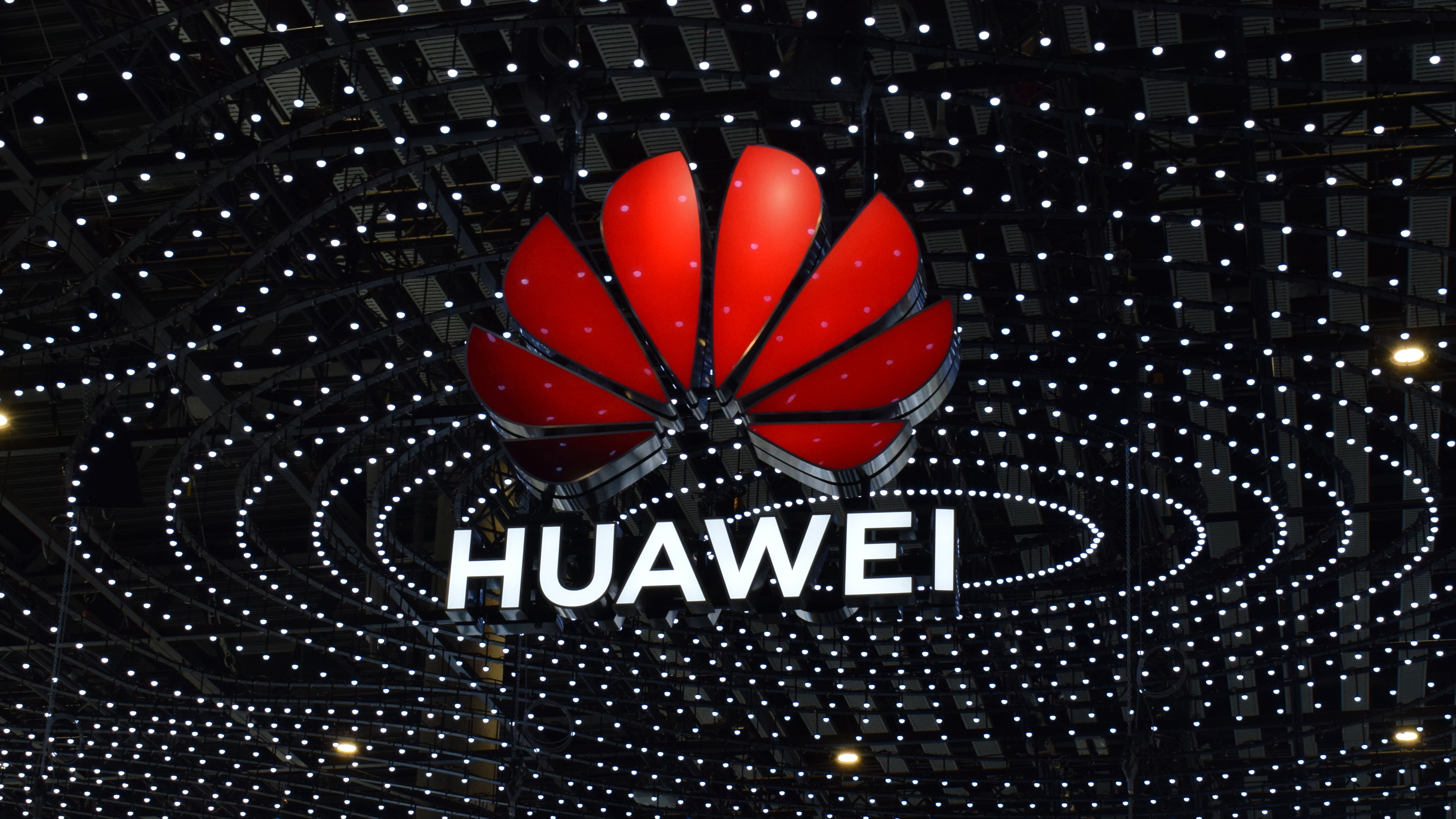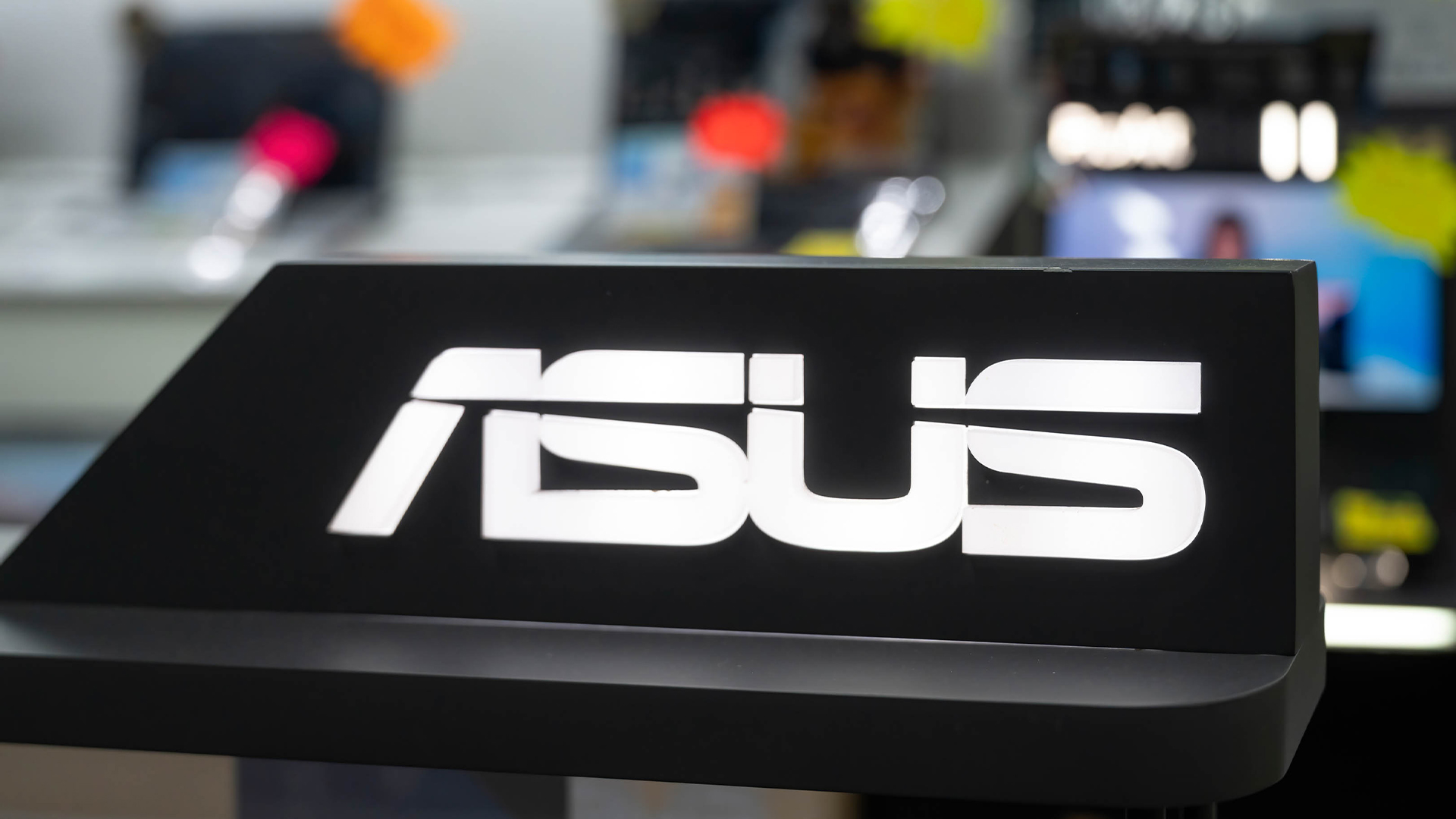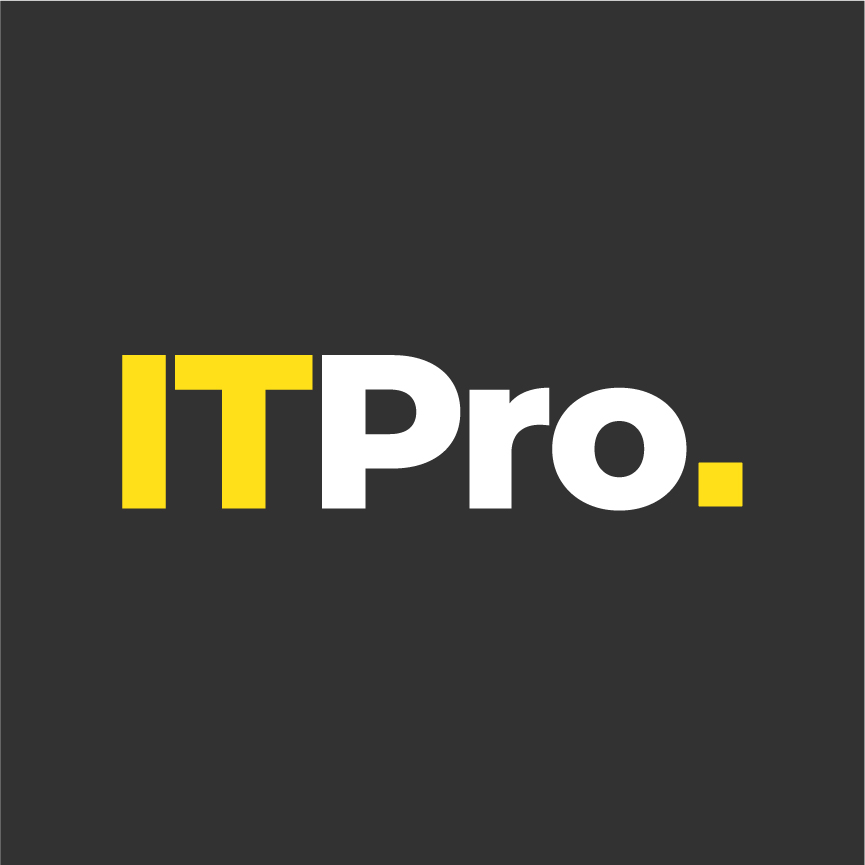Sponsored by Huawei
Huawei wants enterprises to ‘get AI-ready’ - here’s how it plans to help
Huawei’s AI Data Lake solution looks to simplify AI adoption for enterprises by bolstering visibility and data management

Nearly three years into the generative AI race, many enterprises are still struggling to get projects off the ground and capitalize on the technology.
A leading impediment to AI adoption lies in how organizations are harnessing their data. Despite sitting on vast volumes of data, many fail to efficiently utilize these datasets due to the fact they’re hosted in disparate silos.
Huawei wants to change all that and empower organizations to fully unlock the benefits of AI. At the company’s 2025 Innovative Data Infrastructure (IDI) Forum, Peter Zhou, President of Huawei Data Storage Product Line, issued a call to action for enterprises globally, noting that “to get AI-Ready, we need to get data-ready first”.
AI data lake
To achieve this, Huawei launched its AI data lake. The solution, unveiled at the conference in Munich, Germany, offers a suite of components aimed at better managing data resources and accelerating model training and inference processes.
Data lakes are by no means a new trend, according to Zhou. These centralized repositories have long existed, hosting a combination of structured, unstructured, and semi-structured data.
The key difference is that now the game has changed for both enterprises and Huawei alike. The traditional previous data lake service aimed to provide users with big data analytics capabilities. This new solution will ensure that enterprises are ‘AI-ready’.
It’s a challenging task, Zhou told journalists at a media roundtable, but one that will pay dividends in the long run.
“Data lake is not a new concept,” Zhou said. “When AI comes, we really need to identify some differences.”
“The first thing is data storage - data storage for an AI data lake has to support AI training and inference to make it efficient. Less and less cold data means more warm data will be utilized for AI training, therefore we need high-capacity data storage that’s cost-effective.”
With enterprises facing challenging macroeconomic conditions, cost efficiency is now key, Zhou added. Huawei’s OceanStor Pacific 9928 all-flash scale-out storage addresses these needs.
Under the hood of the OceanStor Pacific series
Enterprise data requirements are evolving, and expanding significantly, with a strong emphasis placed on both rapid access and long-term retention capabilities. As a result, all-flash storage has emerged as a leading hardware option for enterprise data center operations.
Enterprise data requirements are evolving, and expanding significantly, with a strong emphasis placed on both rapid access and long-term retention capabilities. As a result, all-flash storage has emerged as a leading hardware option for enterprise data center operations.
“Demand for flash storage (typically, all-flash arrays) to support projects related to artificial intelligence by building more comprehensive data lakes and also growing demand for dedicated infrastructure as a service solutions,” the consultancy noted.
All-flash storage, which leverages SSDs, outperforms traditional HDD-based storage options across a range of metrics, including performance, with improved IPS and latency key advantages.
Similarly, reliability and overall service life have proven highly beneficial to enterprises and data center operators alike, and play a key role in helping to address lingering energy consumption and cost-related challenges.
With this in mind, the OceanStor Pacific 9928 series offers enterprises these advantages. Forming a key component of the AI data lake alongside the OceanStor A and OceanProtect series products, the OceanStor Pacific 9928 range is designed specifically to contend with sizable AI corpus storage and preparation with hybrid workloads.
Leveraging 36 61.44 TB SSDs in a single rack slot, Huawei said the “industry-leading” system offers a capacity density of 4 PB/2 U in addition to efficient power consumption rates of just 0.25 watts per terabyte.
Other key performance metrics include 90 GB/s and 2.4 million IOPS from a single node, according to Huawei figures.
Speaking during the opening keynote, Willi Song, president of Huawei European Enterprise Business, said OceanStor is already being used to support operations in education and scientific research across Europe.
The company has close collaborative ties with over 200 universities across the region, one of which has used OceanStor Pacific to transform its data management capabilities.
“Our OceanStor Pacific scale-out storage creates unified and shared data lakes to support education and scientific research,” he told attendees. “This product has helped a leading educational institution in Europe build a large-scale platform for research data management.”
The OceanStor Pacific 9928’s design is also catered toward density, enabling users to reduce space consumption by up to 37% when compared to traditional SSDs, for example.
Both the density and power consumption aspects of the system were key talking points at the IDI Forum. During his keynote presentation, Zhou said this represents a key differentiator for the company moving forward, with enterprises able to scale the system based on their unique individual needs.
“We believe high-performance data storage, which is really expensive, has to be together with high-capacity data storage that’s cost-effective,” he said. Zhou added that the OceanStor Pacific series is complemented by its broader platforms spanning data protection, backup, and archiving.
Boosting visibility and eliminating data silos
Resource management and visibility are also key focus areas for Huawei’s AI Data Lake, and complementing the service on the hardware front, the company also has a range of software tools aimed at supporting users.
Among these is Huawei’s Omni-Dataverse which is built in Data Management Engine (DME), a data management platform. It has the abilities of global visibility and cross-domain data flow, which helps users identify specific datasets, where they are located, and improve ease of access, specifically designed to tackle data silos, particularly those in geographically dispersed data centers. OceanStor Pacific scale-out storage will be the first product to support access to Omni-Dataverse.
Tackling these disparate data silos is a key focus for Huawei and the AI Data Lake service, Zhou told attendees.
“Today, in each organization, data may be allocated in different departments and also physically in different areas,” he said. “For the owner of the information, creator, or builder within the organization, they really cannot understand where a data asset is, or how to use it.”
“Making sure the data in one organization is visible, manageable, and available is really important. And the first step of the AI Data Lake,” Zhou said.
For more information about Huawei’s OceanStor Pacific, please click here.
Sign up today and you will receive a free copy of our Future Focus 2025 report - the leading guidance on AI, cybersecurity and other IT challenges as per 700+ senior executives
ITPro is a global business technology website providing the latest news, analysis, and business insight for IT decision-makers. Whether it's cyber security, cloud computing, IT infrastructure, or business strategy, we aim to equip leaders with the data they need to make informed IT investments.
For regular updates delivered to your inbox and social feeds, be sure to sign up to our daily newsletter and follow on us LinkedIn and Twitter.
-
 ‘Slopsquatting’ is a new risk for vibe coding developers – but it can be solved by focusing on the fundamentals
‘Slopsquatting’ is a new risk for vibe coding developers – but it can be solved by focusing on the fundamentalsNews Malicious packages in public code repositories can be given a sheen of authenticity via AI tools
-
 Thousands of ASUS routers are being hijacked in a state-sponsored cyber espionage campaign
Thousands of ASUS routers are being hijacked in a state-sponsored cyber espionage campaignNews Researchers believe that Operation WrtHug is being carried out by Chinese state-sponsored hackers

